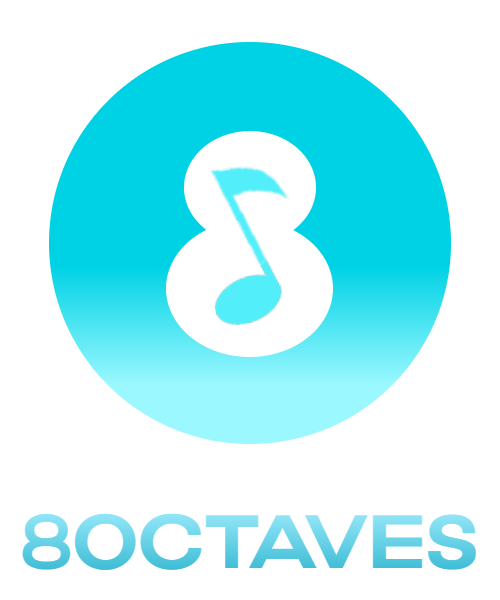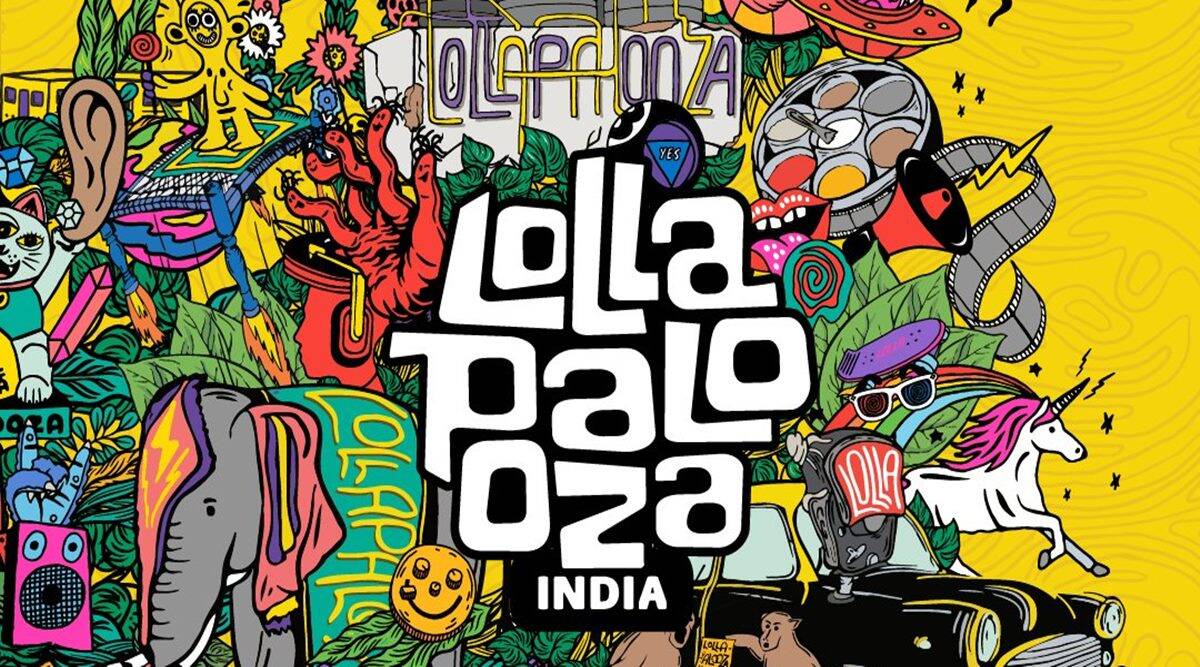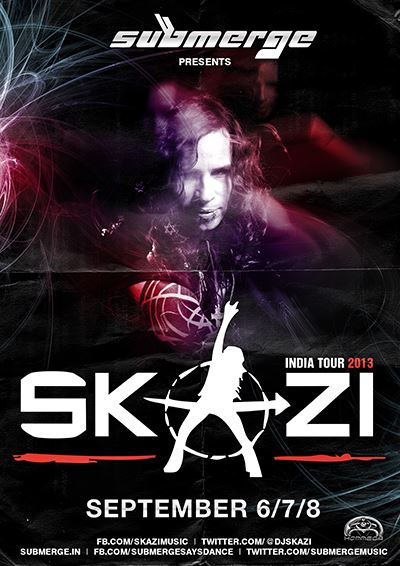The tradition of gaining music knowledge in India was historically confined to certain households – a kind of occupational heritage. With time such barriers dissolved allowing everyone who is sincere and dedicated enough to learn this art form to get what they want. If Indian classical music is considered to be the core foundation upon which most of Indian Music is based then these barriers still exist although information age has made it a bit better. The institutional sources of music continue to be preferred by the major record labels of the country. Take the example of the recent star hunts that take place on the television. 9 out of the 10 times, the winner had acquired some level of professional training.
This bring into two focus points, a basic music base is essential for someone wishing to pursue a career in music and one needs to be exemplary brilliant if one wishes to go beyond talent and skill of the contemporary i.e., a certified degree from a recognized teacher or school.
Swarnabhoomi Academy of Music and KM Music Conservatory, etc. are some of the top institutes of the country. SAM a music training institute based in Chennai is world class music institute. Completely equipped with instruments and gear of the best quality, faculty that one can boast about and most of all an environment that provides that right atmosphere for musicians to thrive. Being able to join such an institute would be a dream for any budding musician wanting to make it big. However several constraints exist. The price tag at such institutes is always among a six figure mark, making it difficult for the average Joe to be part of this school.
The Contemporary Indian Music scene has become what you might call “Open source”, an amalgamation allowing different approaches towards music to be showcased and even used simultaneously at times. Though there are no entry barriers to becoming a musician. Folk trained, classically trained and western trained musicians are all treated alike. Even a 40 year old who has not acquired prior training can install certain software, buy an instrument and with a sincere effort can even release a creation of one’s own. At the same time, the market for many musicians, those who were good enough to work on a local level but not recognized by the masses have been thrown into a sea of musicians from the amateur to purely commercial. Hence, apart from the music, promotions, performance skills and gimmicks, the ability to be professional has increased in relevance.
The Internet has allowed us to meet and satisfy such very needs. Various members from the music community with the view to help their fellow musicians, post videos, articles, images to bring them to the next level. Though tutorials or instructional videos have existed since quite a while, the internet has made music accessible to the average man. The great internet flood has depreciated the value of these offerings. This made it more likely for one to stumble upon crap one does not need and more difficult to find that is actively sought out.
Online music schools have sprung up in recent times. Prominent among them being – Point Blank Online, MacProVideo, Fret Music School and Berklee Online Music School. These institutes offer an academic styled syllabus with courses that offer training from the introduction to mastering an or several Digital Audio Workstations, From the basics of Sound recording techniques to advanced Mastering techniques, Guidance on operating various hardware devices to understanding the art and types of synthesis. The list goes on. These courses are carried out on a professional basis with certification accreditation at certain places. Even famous institutes such as University of Berklee, California, SAE and Trinity College, London have created a sub platform to offer their certified courses to those for whom geographical location/ economic viability made them from joining their dream.
Such online courses also exist for non computer based music such as Instrument training session for various instruments, music theory, learning of various styles of playing etc. This field yet is comparatively less developed than its electronic counterpart. Some constraints do creep in when it comes to online mode of learning. Main one being the atmosphere and support that would exist in a non-online setting is absent and one can easily forget about it or not follow the course schedule religiously. In Future, it is expected that more such institutes will open up along with innovative new ideas like a digital classroom, Digital Audio Workstation syncing to improve the way learning has been done. Also, online schools will have to look different ways of earning revenue. There is likely to be a perpetual need for a nonlinear mode of learning.



